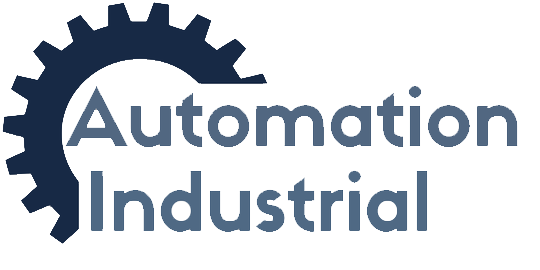AC Drives in Power Electronics
Tags: AC Drives, History, Power Electronics,
In the vast landscape of power electronics, AC (Alternating Current) drives stand out as pivotal components in controlling and optimizing the operation of electric motors. These drives, also known as variable frequency drives (VFDs), have revolutionized how industries manage motor speed and energy consumption. This article explores the role of AC drives in power electronics, discussing their functionality, benefits, and applications across various sectors.
The Basics of AC Drives
AC drives are electronic devices used to control the speed and torque of AC motors. They work by varying the frequency and voltage supplied to the motor, thereby adjusting its speed as per the requirement. This capability is fundamental in applications where motor speeds need to be precisely controlled or varied, making AC drives a versatile and essential tool in many industrial and commercial settings.
Historical Evolution
The development of AC drives is a story of technological evolution. Early methods of speed control for AC motors were mechanical and lacked precision and efficiency. The advent of solid-state electronics in the mid-20th century paved the way for the development of modern AC drives. These early drives were bulky and expensive but marked a significant step forward in motor control technology.
Over the years, advancements in power electronics and microprocessor technology have dramatically improved the performance, size, and cost of AC drives. Modern AC drives are compact, more efficient, and offer sophisticated control features, making them accessible to a wide range of applications.
Enhancing Energy Efficiency
One of the primary benefits of using AC drives is improved energy efficiency. By adjusting motor speed to the actual need, AC drives reduce energy consumption, particularly in applications where motors do not need to run at full speed continuously. This efficiency not only results in significant cost savings but also contributes to reducing the environmental impact of industrial operations.
Industrial Applications
In the industrial sector, AC drives are used in a plethora of applications. They control pumps in water treatment plants, adjust speeds in conveyor belts, and manage fans in HVAC systems. In manufacturing, AC drives are crucial in applications requiring precise speed control, such as in textile mills, paper mills, and automated assembly lines.

The Role in Process Control
AC drives play a critical role in process control, allowing for the fine-tuning of motor speeds to achieve optimal production quality. They provide the flexibility to adjust processes easily and respond quickly to changes in production requirements. This adaptability is key in industries where production conditions can vary widely, such as in chemical processing or food and beverage manufacturing.
Advancements in Technology
Technological advancements have greatly expanded the capabilities of AC drives. Features such as programmable logic, network communication, and advanced diagnostics are now common. These features enable better integration with industrial control systems, providing greater automation and efficiency.
AC Drives in Renewable Energy
AC drives have found a significant role in renewable energy applications, particularly in wind turbines and solar power systems. In wind turbines, AC drives control the speed of the generator, optimizing power output in varying wind conditions. In solar power systems, they are used to adjust the operating speed of pumps and fans, maximizing the efficiency of solar thermal systems.
Apart from energy efficiency, AC drives also extend the lifespan of motors. By providing controlled acceleration and deceleration, they reduce the mechanical stress on motor components, leading to less wear and tear. This gentle handling of the motor not only prolongs its life but also reduces maintenance costs.
Challenges and Future Directions
While AC drives offer numerous benefits, they also come with challenges. Harmonics generated by AC drives can affect power quality, requiring the use of filters or other mitigation techniques. Additionally, as technology continues to advance, there is a constant need to update and integrate AC drives with newer industrial systems.
Looking ahead, the future of AC drives in power electronics is likely to see further integration with digital technologies, IoT, and artificial intelligence. These advancements will enable more intelligent and autonomous control of motors, paving the way for more efficient and sustainable industrial operations.
Conclusion
AC drives have become an indispensable tool in power electronics, offering precise control, improved energy efficiency, and enhanced motor lifespan. Their versatility and adaptability make them suitable for a wide range of applications, from industrial manufacturing to renewable energy systems. As technology continues to evolve, AC drives will undoubtedly play a pivotal role in shaping the future of industrial automation, contributing to smarter, more efficient, and sustainable operations across various sectors.
